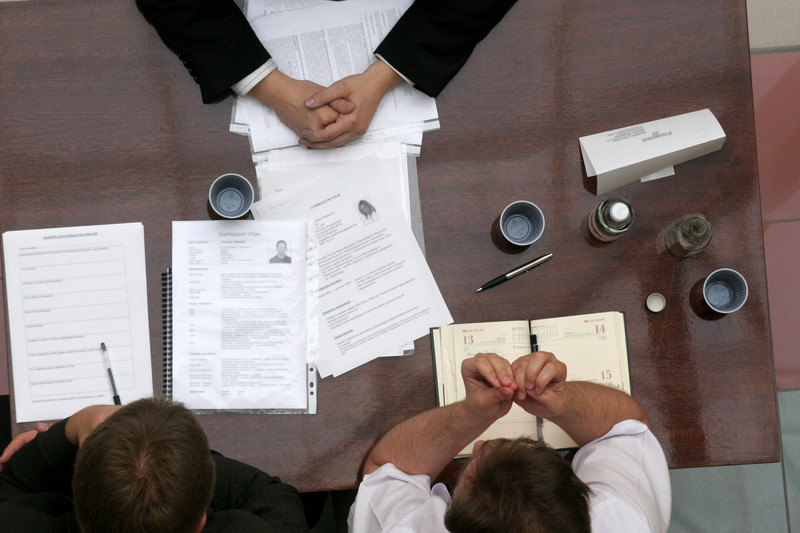Comedian Lenny Bruce once said, “In the Halls of Justice, the only justice is in the halls.” I wouldn’t go so far as to say justice never happens in the courtroom, but the fact is that most civil cases never get there.
Few are resolved by judges and juries; more often, they are settled behind-the-scenes by lawyers meeting in the hallways. Mediation is one of the ways that justice can be served outside of a courtroom’s walls. How does it work?
There are five phases of mediation, but it is not unusual to cycle back and forth between the different stages throughout the process. It is not linear, but instead a very fluid process – unlike a court trial, which is more rigid. This flexibility is one of the reasons why mediation is so successful.
Here is a look at the five phases I use when I am mediating:
- Introduction. This is just what it sounds like: an introduction to the process, its ground rules, and the steps in the process. This provides an outline for the participants so they know what to expect and can determine if they wish to continue with mediation. Say you want to take action against someone who has caused an accident in which you were hurt, your property damaged or maybe it’s a broken a contract. During this phase, the mediator will explain how the process will work and what will be expected of you.
- Story telling. Now is your chance to tell your story without interruptions, with the exception of mediator questions meant to clarify. To use our examples, you can describe the accident and aftermath in detail or explain what you expected to happen under the contract. Likely, you will focus on the other party’s role in the accident or the costs of the broken contract. The mediator then has better insight into the situation, and it may also help the other party get a better sense of how you feel. At the end, the other party(s) can ask questions.
- Brainstorming. In this stage, the mediator clarifies the positions and interests of each party, separates facts from opinions or theories, and can make suggestions, but mostly the mediator tries to encourage creative thinking and ensure that the creating is separated from the deciding, so as to avoid eliminating potentially good ideas. These ideas may, of course, be considered as resolutions, but they are more intended to model creativity. One idea might be that the other party pay your medical bills, for instance. This may not be acceptable to you at this time, but it gets the ball rolling. “That’s an option, now what about ….” as famous mediator Roger Fisher would say.
- Evaluation. The mediator will bring ideas from both parties together, perhaps finding ways to link options and create compromise. To continue with our accident example: if you think that you should be awarded $1 million in damages for your pain and suffering, and in truth, you broke a bone in your pinky finger, you might need a reality check. If, on the other hand, you are a concert pianist and need this finger, the other side may need to cede a little ground to you. This happens in the evaluation period, and each side reconsiders their BATNA and WATNA (best and worst alternative outcomes).
- Drafting of an Agreement. The agreed-upon resolution is recorded and terms clarified to avoid misunderstanding. This can take some time as lawyers might need to become involved to work out each detail to ensure their clients are protected as fully as possible The parties can see the light at the end of the tunnel.
Mediation can seem overwhelming at first, but alternative dispute resolution is generally less expense, less time-consuming, and more effective than going to court. Lenny Bruce wasn’t totally correct: justice is not only in the halls. I like to believe it’s in the mediation room as well.





